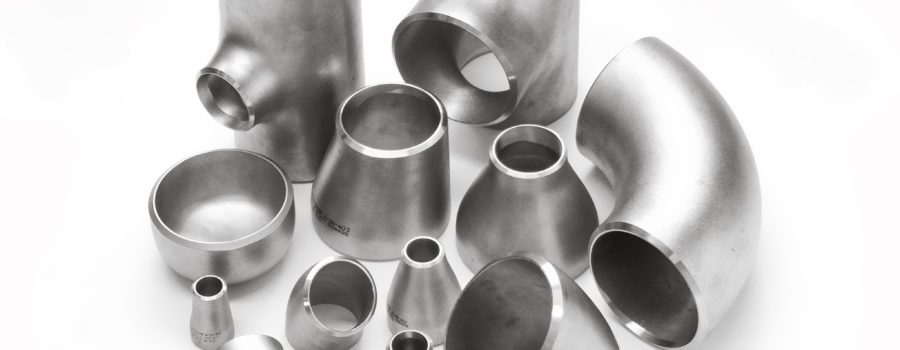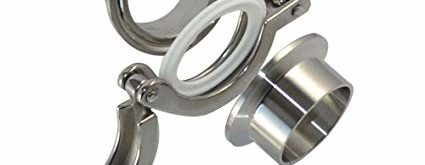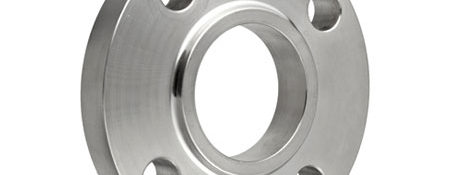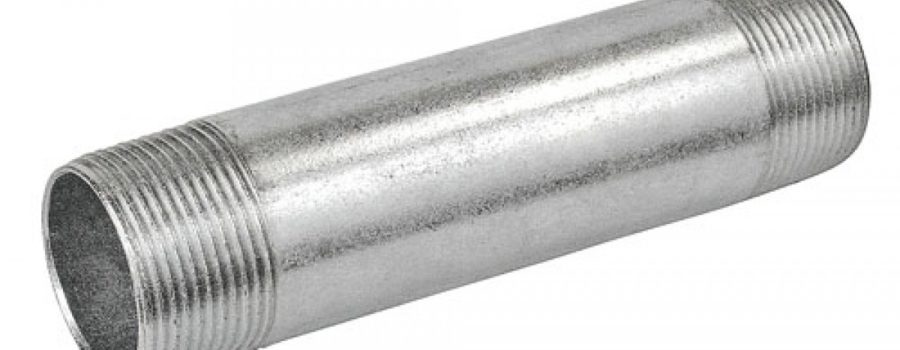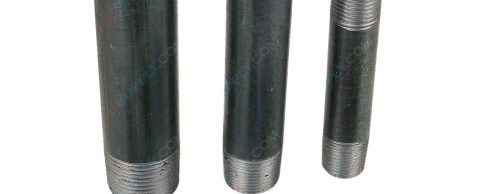Process SRS Connection Ends are essential components in various industries, allowing for the transfer of fluids, gases, or other substances between different elements of a system. Also, these connection ends not only ensure a secure and leak-free joint but also enable ease of maintenance and disassembly when necessary. Furthermore, there are numerous types of process piping connection ends available, each designed for specific applications and requirements. Finally, On this page, we will explore and describe some of the most common types of piping connection ends, their features, and their uses.
Flanged Connections
Flanged connections are widely used in the process industry, especially for large-diameter pipes or high-pressure systems. Furthermore, they consist of two mating flanges that are bolted together. In addition, these flanges have raised surfaces with bolt holes for secure assembly. Also, flanges are available in various materials such as carbon steel, stainless steel, or even specialized alloys depending on the application. Finally, the joint between the two flanges is sealed using a gasket made of materials compatible with the fluid being transferred, ensuring a leak-tight connection.
Threaded Connections
Threaded SRS Connection Ends are commonly used in smaller-diameter pipes or low-pressure systems. These connections involve threading the end of the pipe or fitting and using a matching threaded counterpart for assembly. Common thread types include NPT (National Pipe Thread) and BSP (British Standard Pipe) among others. Threaded connections are easy to assemble and disassemble, making them suitable for applications where frequent maintenance is required. However, their downside is the increased potential for leaks if not properly tightened.
Socket Weld Connections
Socket weld SRS Connection Ends are mostly used for small-diameter pipes or high-pressure systems. They involve inserting the end of a pipe into a socket of a fitting and then welding them together. Furthermore, the weld ensures a strong and leak-free joint. Also, Socket weld connections eliminate the need for additional threads or flanges, resulting in a compact and cost-effective solution. However, they require skilled welders and special equipment for installation.
Butt Weld Connections
Butt weld SRS Connection Ends are commonly used in large-diameter pipes or critical applications where strength and leak resistance are crucial. Also, they involve welding the ends of two pipes directly together, creating a seamless joint. Moreover, butt weld connections ensure maximum integrity and require minimal maintenance, making them suitable for high-pressure and high-temperature systems. However, they necessitate skilled welders and proper welding procedures to achieve the desired results.
Compression Connections
Compression connections are used in various applications, especially in plumbing or fluid transfer systems that require occasional disassembly. These connections involve using a compression fitting, which consists of a nut, a compression ring, and a ferrule. The end of the pipe is inserted into the fitting, and the nut is tightened, compressing the ring and creating a tight seal. Compression connections are easy to assemble and disassemble without the need for special tools. They provide a reliable and reusable joint, making them suitable for situations requiring periodic system maintenance.
Grooved Connections
Grooved connections are widely used in fire protection systems and HVAC applications. Also, they involve using grooved-end pipes, fittings, and couplings that interlock with each other. In addition, the grooved ends are secured using bolts or clamps, creating a rigid joint that can withstand moderate pressures. Grooved connections offer flexibility, easy installation, and future system modifications. Finally, they are often preferred in situations where labor cost and installation speed are significant factors.
These are just some of the many types of process piping connection ends available. Furthermore, each type has its advantages and limitations, and the appropriate choice depends on factors such as system requirements, fluid characteristics, pressure, temperature, and maintenance needs. In addition, it is essential to consult industry standards, codes, and guidelines, as well as consider the specific requirements of the application when selecting the most suitable connection end. Finally, whether it is flanged, threaded, socket weld, butt weld, compression, or grooved connections, ensuring a secure and reliable joint is paramount for the successful operation of process piping systems.
SRS Connection Ends for each instrument and valve. Also, connections of various types which included flanges, socket type, threaded, and Sanitary type Triclamp connections.
Plumbing is all about pipes and fittings. Pipes establish the runs that bring or take water, with fittings controlling and manipulating the flow. Furthermore, pipes are simple enough: they’re straight, and come in different sizes. Pick the right material and length, and you’re pretty much good to go.
Fittings
for a plumber, welder, or installer – are much the same. But for the average purchaser, there are a lot of fittings. Some can be perplexing, others downright intimidating once materials and sizing are considered. The sizing we’ll explore in another article; for now, you can learn a little bit about the most common fittings found in your home’s plumbing.
For more detail about SRS Connection Ends pls Contact Us!
You may be looking for Connection Sizing?
NPT FLANGED SOCKET
This is a threaded connection. In fact, the acronym, NPT, stands for National Pipe Thread Taper. This is a United States standard for all piping and valve threads. Unlike the threading found on a typical bolt, which is straight, tapered threads will actually pull the valve tighter to the pipe during installation. This creates an extremely fluid-tight seal, and is exactly why many plumbing applications utilize this type of connection. The rate of thread taper--in accordance with the ANSI and ASME standard--is 1" of diameter to every 16" of length. A valve with flanged connections is very handy. Some indications would make flanged connections superior to NPT for seal quality, but this is a variable that is dependent on applications and media. Flanges work by bolting together to form a seal between the valve ports and the pipe ends. This connection type accommodates 2 and 3 piece valves, which may be removed from a pipeline without disturbing other connections. The disadvantage of flanged connections is that they are sometimes subject to thermal distortion and shock. Typically used for small pipe diameters (NPS 2 or smaller), a socket weld is basically a recess in either end of a valve into which a pipe end fits. As the name suggests, this type of connection is welded in place, and is for applications where the risk of leakage must be minimized. This type of connection can be used in place of NPT connections, and is very cost efficient. The down side of socket weld connections is that the joining is permanent, making disassembly a lot of work, and that expansion gaps created by a weld can lead to premature corrosion.

